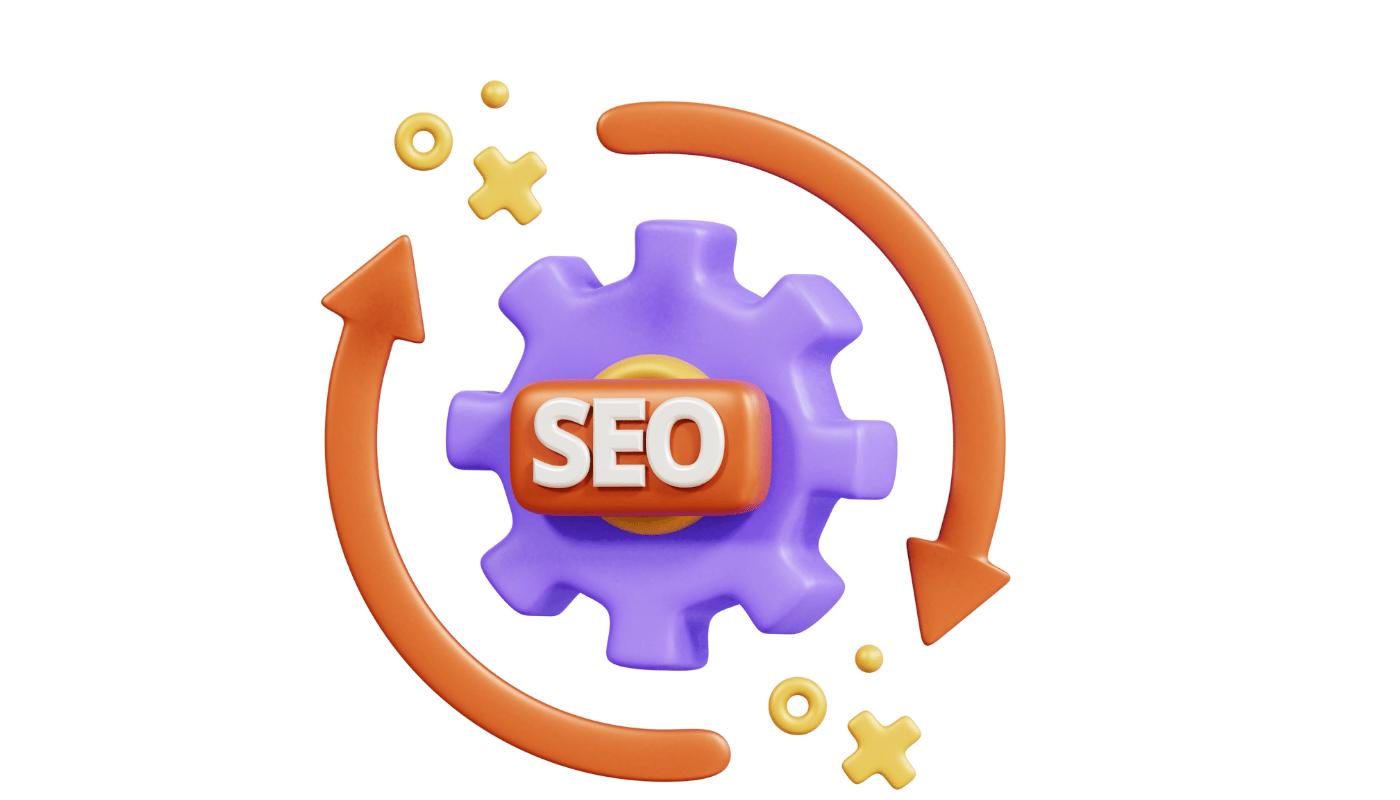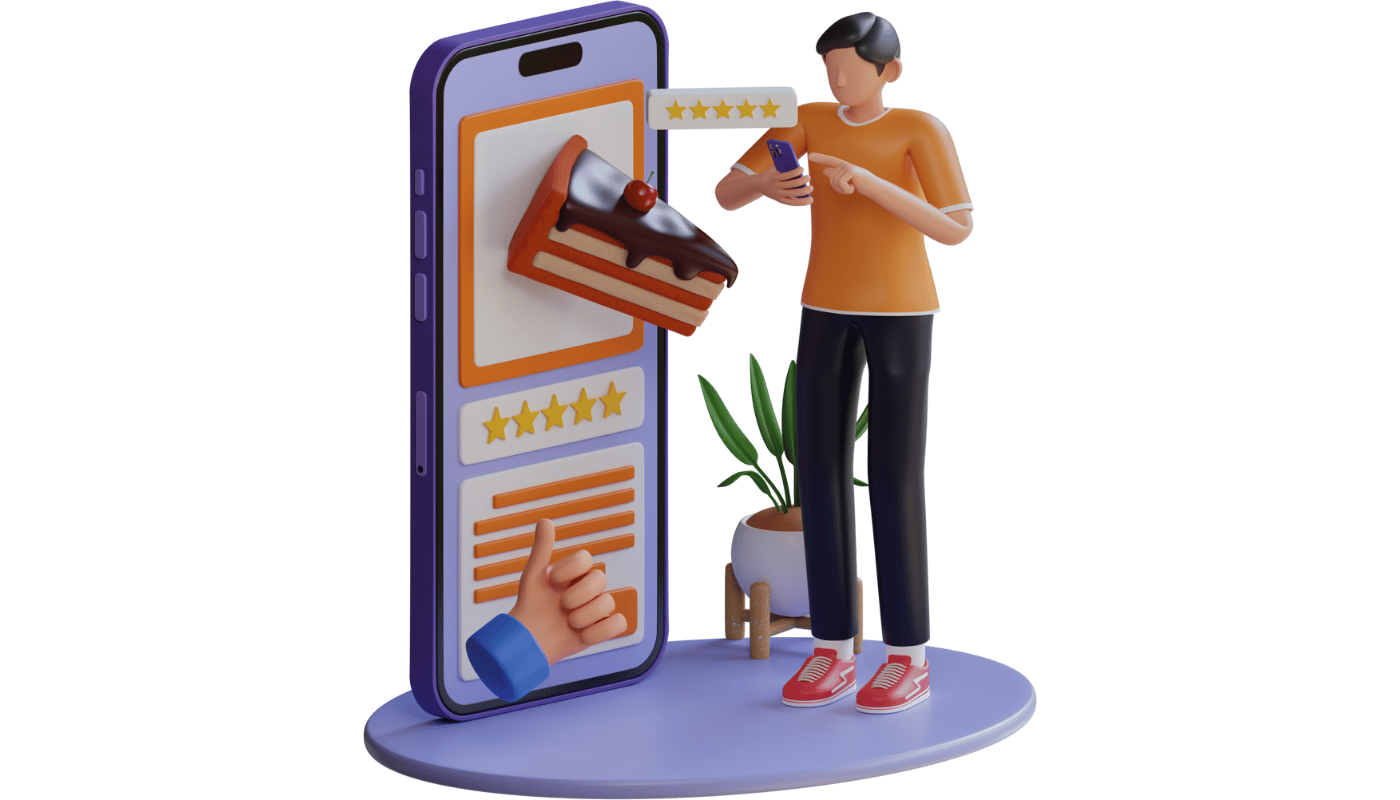6 Important Reasons Why You Need A Digital Media Strategy

Everyone needs a digital media strategy, and not for the reasons you may expect. In fact, if you think digital strategies are just promotional, think again.
Social media strategy and planning essentials.
The first thing to ask is, “What is a social media strategy?”
A social media strategy is a plan for how your business will use social media to achieve its communications aims.
It defines the supporting platform and tools it will use to achieve this.
Basically, it is a statement of intent. It will outline the goals and measurable objectives for using social media, and the target results you want to achieve. It does this in the context of the overall business so that social media isn’t isolated but working in parallel with other channels. It isn’t a detailed plan of action. You will also need a plan but without a clear strategy, it is difficult to structure the activities for a plan?
Strategy first.
Plan second.
Even if you’re not actively involved in social media, other businesses are, including your competitors and very likely a significant amount of your customers. Not understanding that this is where many people hold conversations means you’re not part of the discussion, and you can’t influence what happens.
If you don’t know what’s being said, you cannot effectively manage your brand reputation online. You cannot ensure that your key messages are being heard by the people you most want to talk to.
I have put together some of the most important reasons why you need a clear social media strategy and plan.
1. The social web is growing fast
The latest research on social media usage shows that there are two key factors driving the social web according to a Global Web Index study:
- 1. Mobile – people accessing the internet via mobile is increasing rapidly.
- 2. Older user adoption – the 55-64 year age bracket is the fastest growing demographic on Twitter, the fastest growing demographic on Facebook and Google is the 45-54 year age range.
Mobile connectivity is growing globally and has increased ‘on the go’ social activity. From catching up on friends to sharing content and watching a video, it is increasing everywhere.
People are spending more time on social media, consuming more content than ever before, you might think that the space is saturated so getting involved isn’t justifiable.
Wrong!
When you create a targeted social media strategy you will focus on using relevant platforms to connect with existing and new customers and avoid simply adding to the noise.
2. Purchasing decisions are influenced by social media
The first phase of social media was audience building and engagement, the current era is focused on commerce and personalization. All major platforms have heavily invested in their advertising solutions to lure marketers with the promise of improved APIs and smart targeting, including the ability to upload email lists to run personalized remarketing campaigns.
For example, through the Facebook API marketers can:
- Manage audience data for custom audience targeting
- Create campaigns and ads
- Build custom dashboards and run analytics
- Manage campaign assets: pages, accounts etc.
Nearly half of social media users are already using social platforms while thinking about making a purchase. 40% of users are actively deciding what to buy based on what they have seen on social media platforms, including reviews and recommendations, and this is only set to grow.
Recommendations from friends or peers has the most influence on holiday gift purchases, more than blogger or celebrity endorsement. Given the importance of peak trading to the overall sales target, developing a plan to encourage people to share and talk about your products is essential.
There are small differences between the role each social network plays in the purchase cycle. For example, Pinterest is a great place for people to find inspiration and works well as a visual product storyboard. Facebook is well suited to people looking to share content and find promotions.
Without a clear strategy, it is difficult to understand what role these networks can and should play in your customers’ buying cycles.
How do you know your business is not missing out on potential sales, or trying to sell to people who aren’t looking to be sold to?
3. Lack of strategy hands the advantage to competitors
These days it’s uncommon for an organization to not have a social presence and increasingly companies are developing clear social strategies aligned with business goals.
A marketer with a strategy has a framework through which to plan, prioritize, execute, measure and optimize. This typically will lead to better results because the activity has direction, even if the direction needs to evolve and change as the marketer learns from real data.
If you invest in a social presence without a clear strategy, you won’t know whether or not your campaigns are working or not.
With no structured approach to communication and measurement, you risk wasting resource on undirected activity. Meanwhile, savvier competitors will be working smarter at engaging customers based on clear goals, objectives and targets so performance is being measured, rather than results reported.
4. Your customers are active on social media
Mobile, social and the underlying technology have combined to provide an environment in which people can access, use and share information on their terms. A lot of people rarely read blogs or emails; they use Facebook as their content stream. The reduced mediation of content means that you have to understand the role social media plays in customer communication.
Even if it’s only a small part of your total audience, it’s likely that some of your customers will want to get information from you via a social network. This is evident in the rise of Twitter for customer service, with brands like BT embracing it as an effective customer enquiry and problem resolution channel. That doesn’t mean ignore traditional forms of customer service, it means updating your customer service framework to factor in social interactions.
This is why you need a strategy. Deciding how to connect with a customer is not a tactical decision, it requires strategic thinking. Social needs to align with the other communication channels so its role is defined and understood, and there are processes and tools in place to cope with demand. If you let a social marketing team simply get on with it, without the strategic vision above it, you risk inefficiency and inaccuracy.
5. There are key influencers in every social network
Don’t underestimate the power of peer and/or influencer recommendation.
For years, retailers have known that customer ratings and reviews can increase conversion rates through the power of peer influence; feedback from another customer is typically seen as trustworthy. Expert endorsement also increases brand credibility. For example, in highly specialized tech markets like audio-visual, the experts’ opinions are highly sought after and can make or break products.
Social media channels have influencers, from the obvious celebrities to self-made social stars like video bloggers. High street retailers often employ trending influencers to amplify their marketing messages.
If you’re not part of their world, you’re not relevant. You risk losing mindshare to more socially aware competitors who are willing to be bold and innovative in their marketing campaigns. And if none of the key social influencers for your target audience are interested in your company and its products, it’s much harder to get your message across to the end customer.
6. Reputations can be enhanced or destroyed on social networks
There are many good things that we can attribute to social media, primarily in terms of providing a voice to people and groups who previously struggled to be heard and of making information transparent and portable. However, it also amplifies the voice of discontent and vitriol is not uncommon. Jumping on angry bandwagons is also something that social seems to fuel periodically.
What will you do if the world decides you’re enemy #1 and attacks you on Twitter?
How will you respond to an avalanche of negative tweets?
It's all part of your social media strategy and planning.









